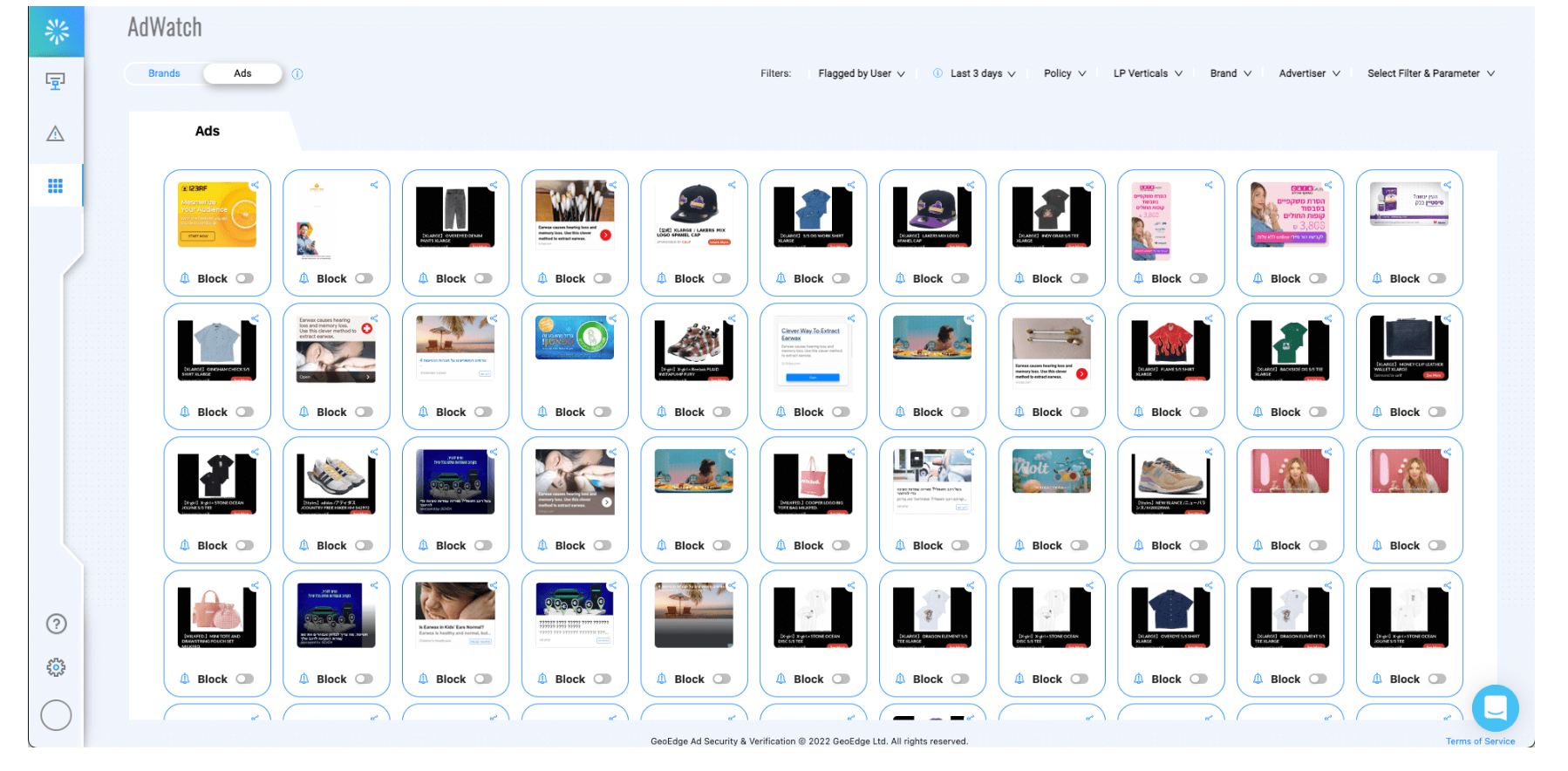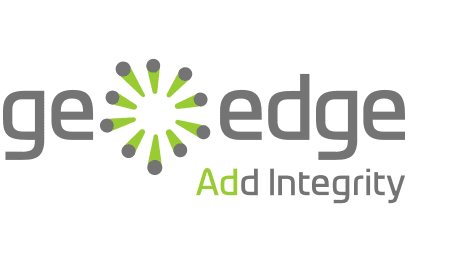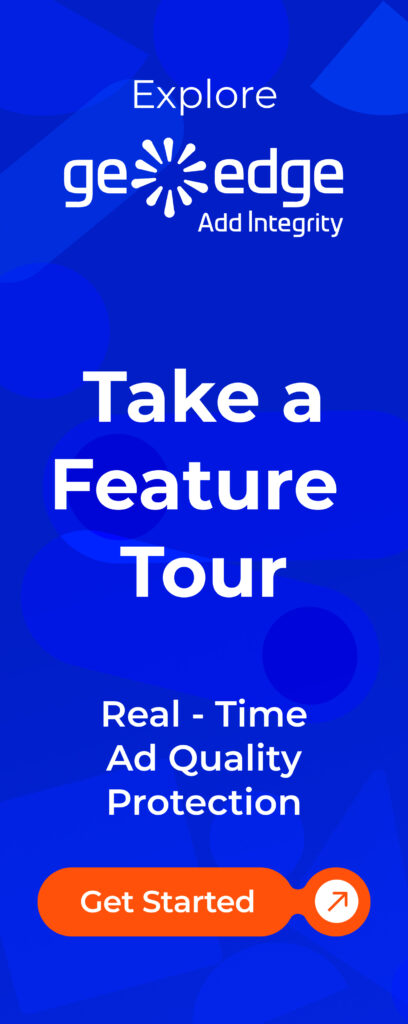Publishers have a commitment to their audiences and their advertisers to maintain control over the content of the ads served to their pages. The problem is, “control” is hard to maintain when the ad transaction is automated, and when intermediaries beyond the publisher and advertiser also touch the ad. Publishers need an efficient and effective ad verification process on programmatic advertising platforms. Google Ad Manager offers such a process, for ads delivered by platforms not limited to Google. But is Google’s ad quality protection enough for all the ad quality challenges publishers face today? Before making hasty decisions, publishers really need to assess how ad quality tools measure up to their own ad quality needs.
Why is ad quality control important for publishers?
The short answer is: Users don’t differentiate between the publisher content and the ad content when it all appears on the same page. When a user sees an ad on a page, they assume that it’s there because the publisher wants it to be.
In today’s most competitive atmosphere, low-quality ads can drive visitors away from specific pages, or even from an entire site.
Malicious ads are a problem, of course, but there are many reasons beyond malware that you may want to exclude certain ads from your site — including brand protection, preventing competition, or even ideological concerns. Let’s say you run a vegan food blog — you probably don’t want steak ads running on your site. If your main audience is children or Muslims, ads for alcohol may be inappropriate.
That’s why publishers need transparency in their programmatic digital advertising inventory. Yet it isn’t always easy to achieve. In this article, we’ll look at two of the key tools available to publishers — Google’s Ad Review Center (and Google AdSense) and GeoEdge’s AdWatch — and note the features each one offers, as well as its advantages and disadvantages.
Google Ad Review Center Features
Google’s Ad Review Center, part of Google Ad Manager, offers options for ad quality control and ad blocking, for Google ads as well as ads delivered by other networks.
The Ad Review Center allows you to review ads that have been served, ordered by the number of impressions each ad has received. It includes blocking controls you can use to block bad ads and prevent them from appearing in the future. Another feature lets you block a specific advertiser URL — for example, if the advertiser is a competitor.
You can also report individual ads that appear to violate Google policies, and request Google block them. Publishers can filter, search, and review ads by category, and even block ads from categories that don’t align with their brand or that negatively impact brand safety.
Limitations of Google’s Ad Review Center
Although it has advantages, the Ad Review Center and AdSense have limitations when it comes to keeping bad ads off your site. These include:
Self-defined ad categories
One of the main limitations of the review center’s blocking controls is that its search and filter capabilities are based on advertiser-defined categories. However, this poses problems. For instance, many publishers don’t want ads related to sensitive topics like alcohol or guns to be served on their sites. So, to ensure they receive the number of impressions they want, advertisers will often bypass the block by selecting a less problematic category, such as “entertainment” or “leisure.”
This reliance on advertiser-defined categories can give rise to significant issues concerning brand safety and user experience for publishers. In the real-life example below, a publisher expresses frustration that there is no way to remove gun ads on their site.

Reliance on URL blocking
Another problem is that although the Ad Review Center lets you block ads that lead to certain URLs, this method doesn’t really keep unwanted advertisers from bombarding your site with ads. Let’s say you’ve partnered with Lenovo and want to block all ads from HP. Just blocking HP’s website won’t do the trick. That’s because HP devices are sold on lots of other sites, too, and it’s impossible to block ads from all of those sites based only on their URL.
Blocking the URL also isn’t effective when it comes to apps. Since most publishers don’t want to block the URLs of Google Play or the App Store, they need an alternative solution that allows them to block specific apps by tracking numbers or app categories.
Inconvenient and time-consuming reporting
Last but not least, if a user reports seeing a bad ad on your site, it’s up to you to search for that ad and send a screenshot of it to Google for review. Since the platform displays the ads by the number of impressions and has the filtering limitations described above, pinpointing a specific ad can be nearly impossible.
The Ad Review Center is not the only solution offered by Google. Smaller publishers often choose to open a Google AdSense account, which offers a more limited review platform and some search options, and limited tools for blocking ads, with similar challenges to those described above.
GeoEdge AdWatch Features
GeoEdge’s AdWatch offers more granular ad quality control features than those available in Google’s Ad Review Center — features that give publishers more transparency into the ads displayed on every site and every page, with user-friendly, in-depth visuals.

Instead of waiting for people who visit your site to report a problem, with AdWatch, you can review ads from all ad networks on one platform, according to a wide variety of criteria. It offers a new way of looking at ad verification, with a higher level of performance and accuracy than Google’s solutions.
Granular filtering criteria
Instead of depending on the self-categorization of the advertisers, publishers can search and filter ads by a variety of important criteria and relevant details, such as ad text, ad creative, advertiser URLs, or even ad network.
Blocks all iterations of the ad
GAM’s Ad Review Center and AdSense block only an exact version of an ad, while the same ad content in different sizes and formats continues to be displayed. Publishers have to manually click on every specific version to curate the ad experience they want for the users on their websites.
However, AdWatch utilizes similarity grouping to identify various versions of the same ad. By clicking on one version, all iterations of the ad content are blocked across all platforms. Publishers can even unblock blocked ads in the same way. Not only can they block ads and ad formats, they can even choose to block related ads, or all ads that lead to a landing page with similar content.
Mobile blocking solutions
AdWatch also solves the mobile challenge, allowing publishers to block ads by the store categories of the advertised apps.
Personalized customer support
Google’s Ad Review Center offers support primarily via online reporting and forums, which means that publishers don’t always get an answer when they need one. GeoEdge’s AdWatch offers streamlined customer support, including a dedicated person who handles your account and can answer questions, help with debugging and provide additional support.
When publishers are taking that crucial step of verifying the ads on their pages are up to their standards, proactive and comprehensive protection is the name of the game. Taking risks with your ad inventory means taking risks with your audience’s loyalty, your advertiser partners’ trust, and ultimately your own revenue. Publishers must ask themselves: How much risk can we afford to take? Limiting risk is always the wisest option in the competitive and often unpredictable programmatic marketplace – and that necessarily means more proactive and comprehensive protection.











